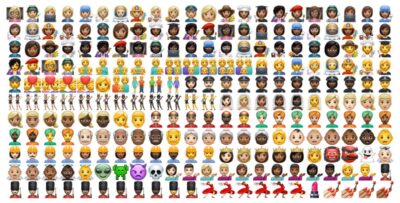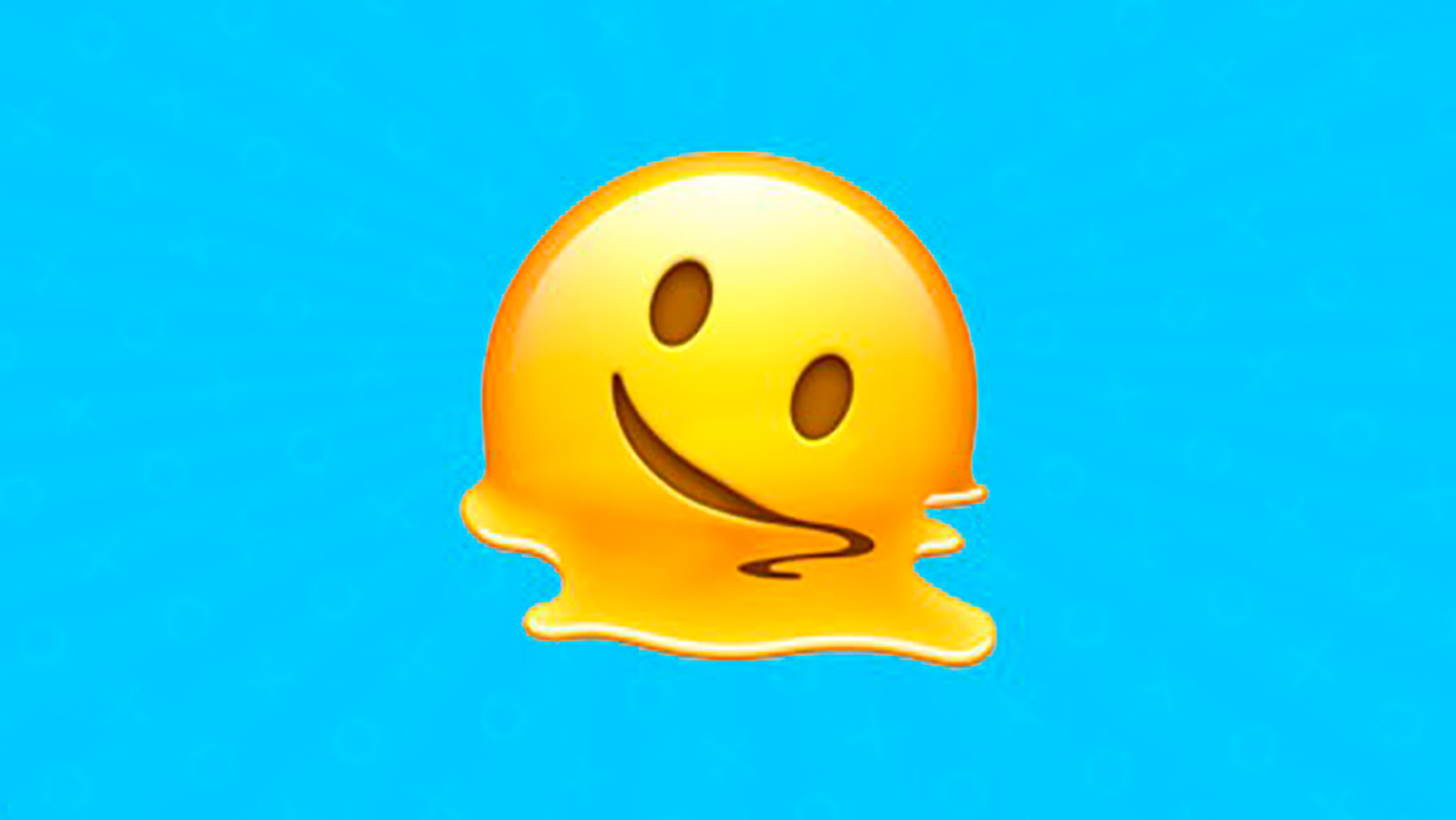In an age where digital communication dominates, emojis have become a vital part of how we express ourselves online. These small pictographs enrich ou
In an age where digital communication dominates, emojis have become a vital part of how we express ourselves online. These small pictographs enrich our texts, emails, and social media posts by conveying emotions, actions, and ideas quickly and visually. But with thousands of emojis available—and new ones added regularly—how can users keep track of their meanings, updates, and variations?
This is exactly where Emojipedia steps in. As the largest emoji reference website, Emojipedia offers an extensive catalog and detailed information on every emoji in use today. This article will explore what Emojipedia is, why it matters, and how it helps millions understand and navigate the ever-growing world of emojis.
Must visit:

What is Emojipedia?
Emojipedia is an online encyclopedia dedicated exclusively to emojis. Founded in 2013 by Jeremy Burge, it acts as the go-to resource for detailed descriptions, histories, and platform-specific designs of emojis. Emojipedia covers every emoji that has been approved by the Unicode Consortium—the body responsible for standardizing text and emoji characters worldwide.
The platform is more than just a list of emojis. It provides context, common usage scenarios, updates on newly released emojis, and explanations of how emojis appear on different devices like Apple iOS, Google Android, Microsoft Windows, Samsung, Twitter, and more.
By offering these insights, Emojipedia helps people better understand the nuances of emoji communication and avoid confusion caused by varying interpretations or platform differences.
The Rise of Emojis: Why Emojipedia Became Necessary
Emojis originated in Japan in the late 1990s but exploded in popularity after their inclusion in the Unicode Standard starting in 2010. Today, billions of emojis are sent every day worldwide across messaging apps, social media, and other platforms.
However, as the emoji set expanded, so did the potential for miscommunication. The same emoji can look very different depending on the platform, and its meaning can shift based on context, culture, or even generational preferences. For example, the “Folded Hands” emoji 🙏 is seen by some as a prayer symbol, by others as a gesture for “thank you,” or even as a high five.
In this complex landscape, Emojipedia provides clarity by explaining each emoji’s official meaning, possible interpretations, and design differences. This helps users communicate more effectively and avoids misunderstandings.
How Does Emojipedia Work?
Tracking Unicode Releases
Unicode Consortium regularly reviews and approves new emojis each year, incorporating diversity, inclusivity, and modern cultural trends. Emojipedia closely monitors these Unicode announcements, promptly updating its database to include new emojis along with detailed explanations.
Detailed Emoji Pages
Each emoji has its own dedicated page on Emojipedia. These pages typically include:
- Official Unicode Name and Codepoint: The formal identifier.
- Visual Appearance Across Platforms: Side-by-side images from Apple, Google, Samsung, Microsoft, Twitter, and others.
- Definition and Usage: Explanation of what the emoji represents and how people commonly use it.
- History and Evolution: Information on when the emoji was added and how its design or meaning has changed.
- Related Emojis: Suggestions of similar or connected emojis.
- Skin Tone and Gender Variants: If applicable, Emojipedia displays all approved skin tone options and gender versions.
Search and Categories
Users can search for emojis by typing keywords, emoji names, or phrases. Emojis are also grouped into categories like Smileys & Emotion, Animals & Nature, Food & Drink, Travel & Places, Activities, Objects, Symbols, and Flags, making it easy to browse.
Unique Features of Emojipedia
Platform Comparison
One of the most useful features is the visual comparison across platforms. For example, the “Grinning Face with Sweat” emoji can appear quite different on Apple iPhones compared to Android phones or Windows PCs. Emojipedia’s side-by-side images help users anticipate how their emojis will look to recipients on other devices.
Emoji News and Trends
Emojipedia regularly publishes news stories and blog posts about emoji-related developments, such as announcements about new Unicode releases, cultural trends in emoji use, or controversies surrounding certain emojis. This keeps users informed and engaged.
Unicode Updates and Proposals
For those interested in the technical aspects, Emojipedia reports on upcoming Unicode releases, the proposal process for new emojis, and the criteria used to select emojis. This transparency helps demystify how emojis evolve.
Emojipedia and Cultural Significance
Emojis are cultural artifacts that reflect societal values, norms, and changes. Emojipedia documents this cultural context, highlighting important milestones such as:
- The introduction of skin tone modifiers in 2015 to promote racial diversity.
- The addition of gender-neutral and inclusive emojis to represent different identities.
- The inclusion of emojis depicting disabilities, such as hearing aids and guide dogs.
- The expansion of food, activity, and profession emojis to reflect global cultures.
By chronicling these developments, Emojipedia not only catalogs emojis but also serves as a record of cultural evolution.
How Emojipedia Helps Different Users
Everyday Communicators
For anyone texting, tweeting, or posting online, Emojipedia is a handy tool to quickly understand an unfamiliar emoji or confirm that an emoji will be interpreted as intended.
Marketers and Content Creators
Brands and influencers can use Emojipedia to stay ahead of trends, use emojis effectively in campaigns, and avoid misunderstandings or cultural faux pas.
Developers and Designers
App and website developers use Emojipedia as a technical reference to ensure their platforms support the latest emojis and provide consistent user experiences.
Educators and Linguists
Researchers studying digital communication and language use turn to Emojipedia for insights into emoji usage patterns and meanings.
Common Misunderstandings Resolved by Emojipedia
Because emojis are pictorial and often ambiguous, misunderstandings are common. Emojipedia helps clear up confusion around:
- Similar-looking emojis: Differentiating between the “Smiling Face with Halo” 😇 and the “Smiling Face with Horns” 😈, which have very different connotations.
- Context-specific meanings: The “Eggplant” 🍆 emoji is literally a vegetable but often used as a suggestive symbol in certain contexts.
- Platform differences: An emoji might be cheerful on one platform but look angry or serious on another.
By educating users on these subtleties, Emojipedia promotes clearer, more respectful communication.
How to Propose New Emojis
Anyone with an idea for a new emoji can submit a proposal to the Unicode Consortium. Emojipedia offers guides on how to prepare a successful proposal, explaining what kinds of emojis are more likely to be accepted and the evidence needed to support the request.
The proposal must show:
- Why the emoji is necessary.
- Evidence of its expected usage.
- How it fills gaps in existing emoji sets.
- Cultural or social relevance.
Once accepted, the emoji is added to a future Unicode release and later adopted by major platforms.
The Future of Emojis and Emojipedia
As communication technologies evolve, emojis will continue to expand in number and variety. New formats like animated emojis or AR/VR-integrated emojis may become mainstream.
Emojipedia is likely to grow alongside these innovations, continuing to serve as the authoritative guide and keeping the public informed and educated.
Frequently Asked Questions (FAQs)
1. What is the purpose of Emojipedia?
Emojipedia exists to catalog, explain, and clarify the meanings, uses, and designs of emojis across all platforms and cultures.
2. How often does Emojipedia update its content?
Emojipedia updates its database frequently, especially when the Unicode Consortium announces new emojis or changes to existing ones.
3. Are emojis the same on all devices?
No. Each platform (Apple, Google, Microsoft, Samsung, etc.) designs its own version of emojis, which may differ visually but represent the same concept.
4. Can I trust Emojipedia’s definitions?
Yes. Emojipedia’s definitions are based on Unicode standards, expert research, and observed usage patterns worldwide.
5. How do I know if my emoji is being displayed correctly?
You can use Emojipedia’s platform comparison tool to see how your emoji appears on different devices and platforms.
6. Can I suggest a new emoji?
Yes. Emojipedia provides guidance on how to submit a proposal to the Unicode Consortium for new emojis.
7. Are all emojis universally understood?
No. Cultural differences and context influence how emojis are interpreted. Emojipedia helps by providing detailed explanations of different meanings.
Conclusion
In the fast-paced world of digital communication, emojis serve as a vital, vibrant language all their own. Emojipedia stands as the definitive guide to this language, offering clarity, insight, and cultural context to users everywhere.
Whether you want to decode a confusing emoji, stay up-to-date with the latest additions, or simply learn more about the fascinating evolution of emojis, Emojipedia provides the tools and information you need.
In short, Emojipedia is the key to unlocking the full potential of emojis — helping billions express themselves more clearly, creatively, and inclusively in the digital age.




COMMENTS